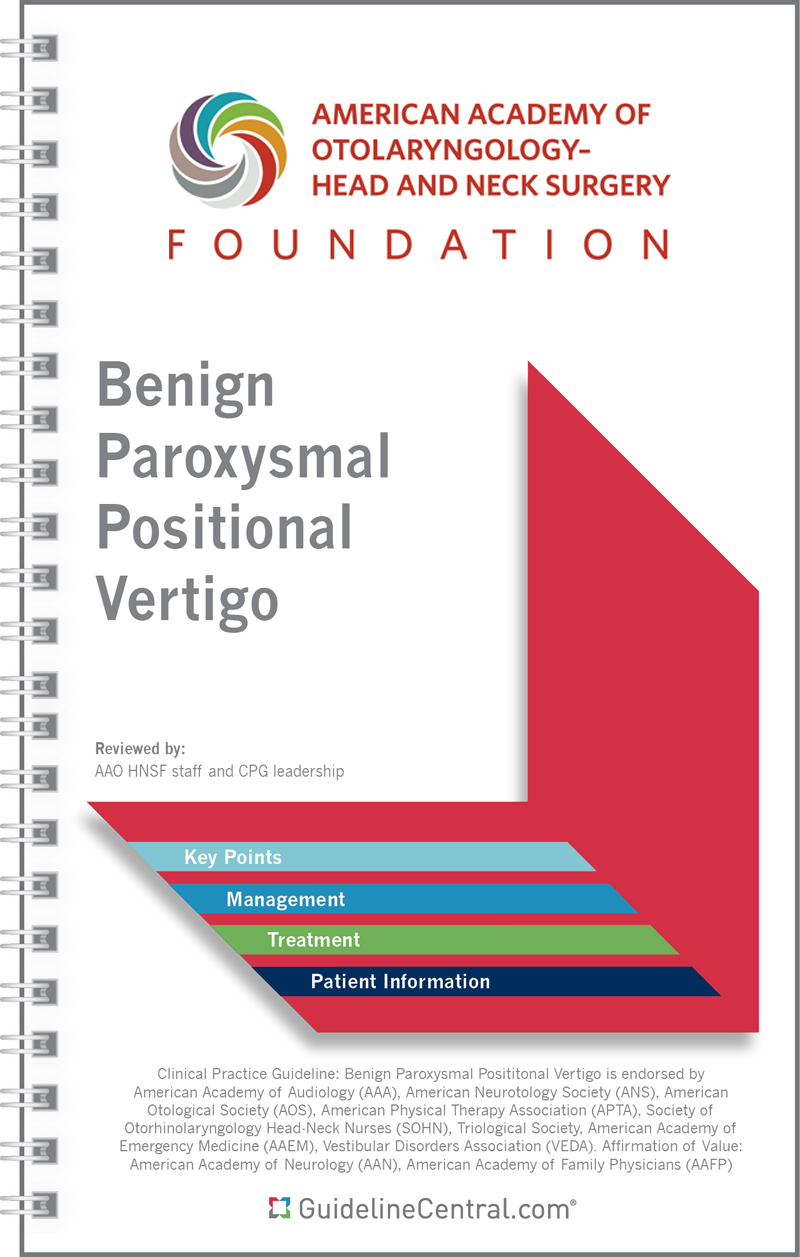Benign Paroxysmal Positional Vertigo
- 22 pages
- Spiral Bound
- 80# Aqueous Coating
- 4.25" x 7.25"
- Ships in 5 – 10 business days
- Key Points
- Tables
- Definitions
- Key Action Statements
- Basic Differential Diagnosis
- Common Causes of Acute Dizziness
- Selected Methods to Determine the Affected Ear in Lateral Canal BPPV
- Stepwise Sequence for the Performance of The Canalith Repositioning Maneuver
- Stepwise description of the performance of the Semont Liberatory maneuver
- Stepwise Description of the performance of the Lempert 360° roll maneuver
- Gufoni maneuver
- Figures
- Diagrammatic representation of performance of the Dix-Hallpike maneuver
- Diagrammatic views of the supine roll test
- Depiction of the canalith repositioning maneuver
- Semont Liberatory maneuver
- The Lempert 360° roll maneuver
- Gufoni maneuver
- Management algorithm
- FAQs for patients
- For purchases under 100 in quantity, we suggest placing the order directly through the website.
- We offer group/institutional licenses for multi-user accounts (discount amount varies depending on the number of users).
- We are proud to offer special discounts to medical schools, training programs, students and more.
- We offer bulk purchase discounts based on number of copies and number of titles.
Contact Us for more details
Description
This resource is for informational purposes only, intended as a quick-reference tool based on the cited source guideline(s), and should not be used as a substitute for the independent professional judgment of healthcare providers. Practice guidelines are unable to account for every individual variation among patients or take the place of clinician judgment, and the ultimate decision concerning the propriety of any course of conduct must be made by healthcare providers after consideration of each individual patient situation. Guideline Central does not endorse any specific guideline(s) or guideline recommendations and has not independently verified the accuracy hereof. Any use of this resource or any other Guideline Central resources is strictly voluntary.
You can also find this product included in this bundle!

AAO-HNS Guidelines Bundle
Last Updated: Feb 27, 2024- Acute Otitis Externa
- Adult Sinusitis
- Allergic Rhinitis
- Bell’s Palsy
- Benign Paroxysmal Positional Vertigo
- Cerumen Impaction
- Evaluation of the Neck Mass in Adults
- Hoarseness (Dysphonia)
- Immunotherapy for Inhalant Allergy
- Improving Nasal Form and Function after Rhinoplasty
- Improving Voice Outcomes After Thyroid Surgery
- Ménière’s Disease
- Nosebleed (Epistaxis)
- Opioid Prescribing for Analgesia After Common Otolaryngology Operations
- Otitis Media with Effusion
- Sudden Hearing Loss
- Tinnitus
- Tonsillectomy in Children
- Tympanostomy Tubes in Children
Related Guidelines
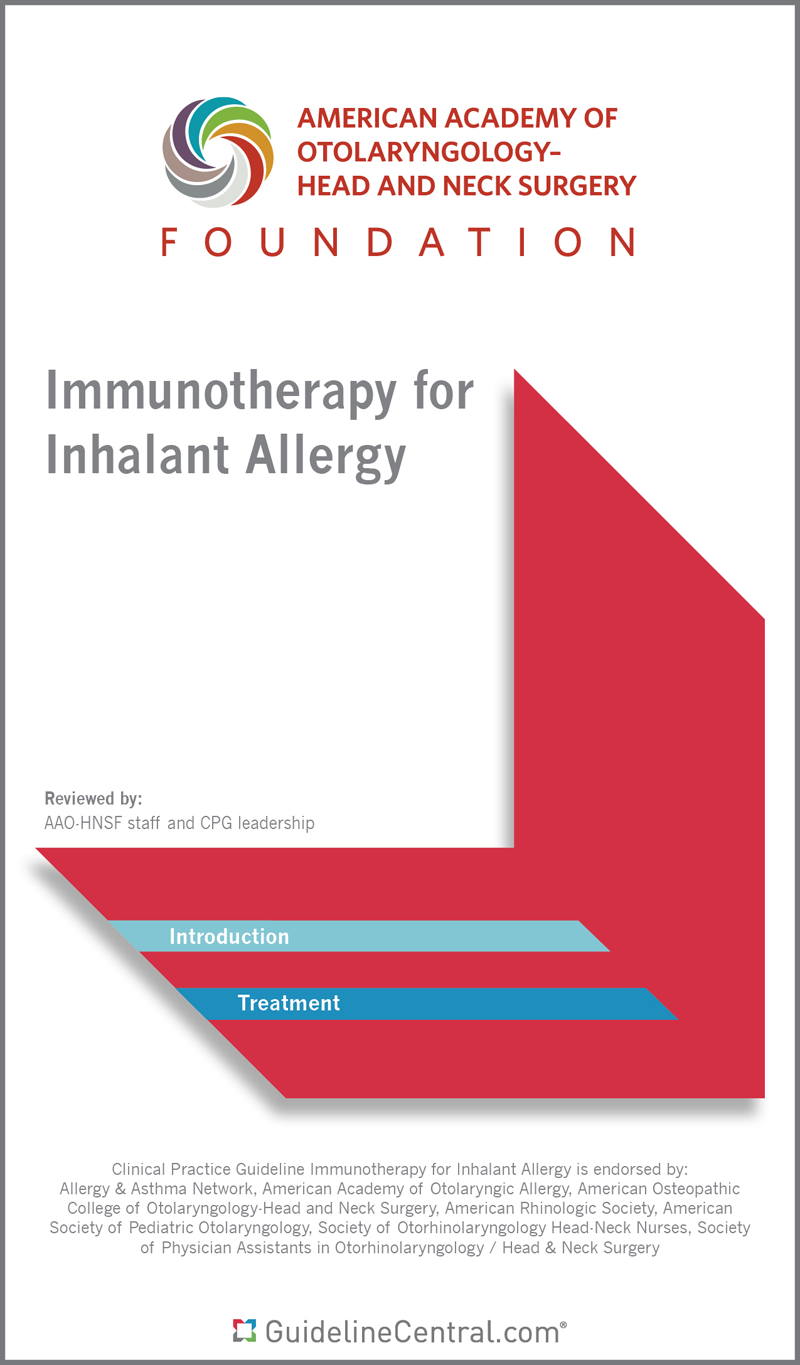
Immunotherapy for Inhalant Allergy
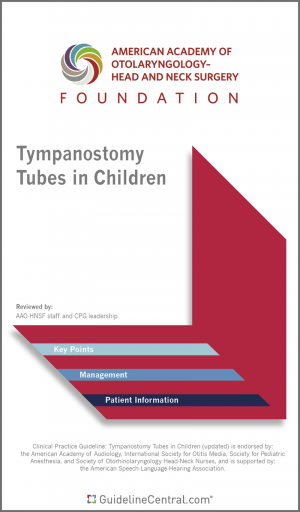
Tympanostomy Tubes in Children
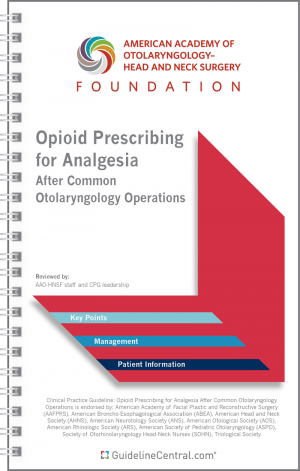
Opioid Prescribing for Analgesia After Common Otolaryngology Operations
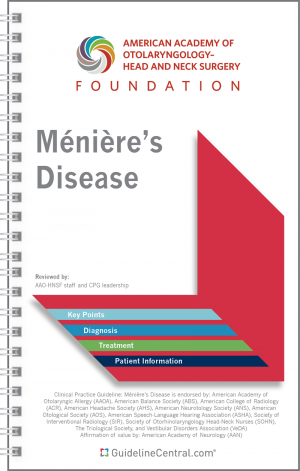
Ménière’s Disease
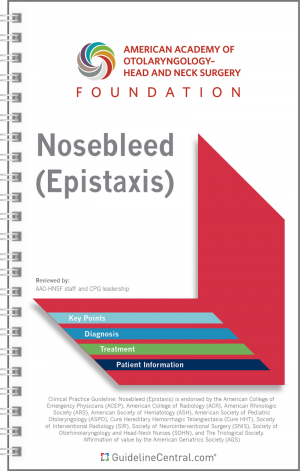
Nosebleed (Epistaxis)
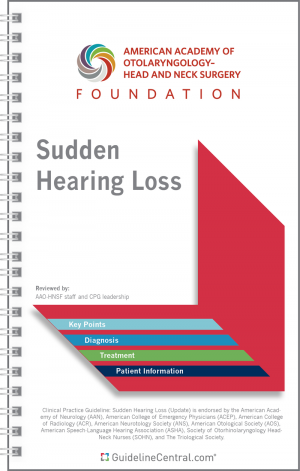
Sudden Hearing Loss
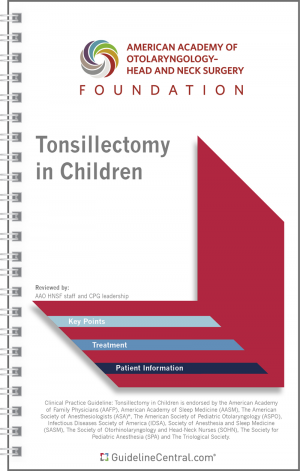
Tonsillectomy in Children

Hoarseness (Dysphonia)
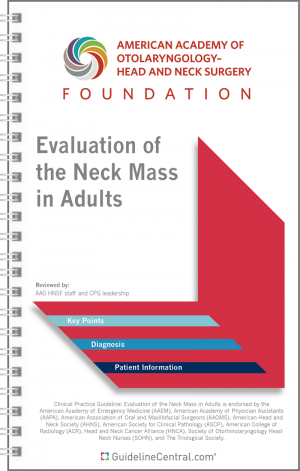
Evaluation of the Neck Mass in Adults
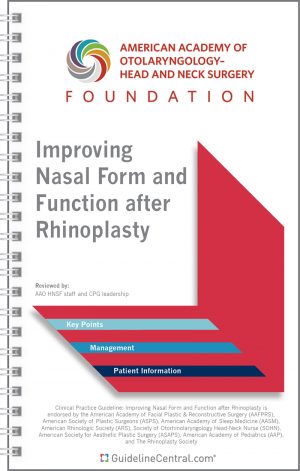
Improving Nasal Form and Function after Rhinoplasty
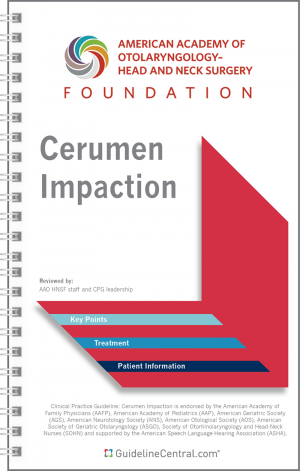
Cerumen Impaction
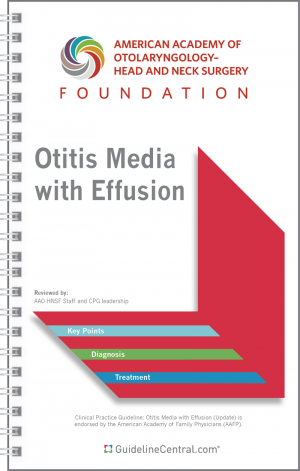
Otitis Media with Effusion
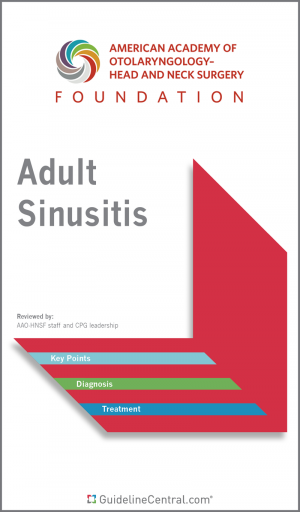
Adult Sinusitis
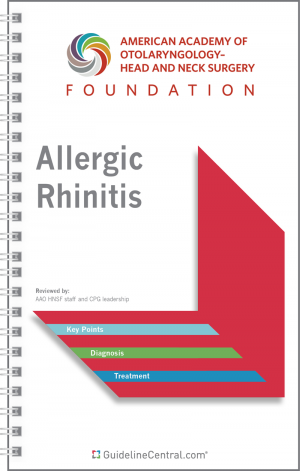
Allergic Rhinitis
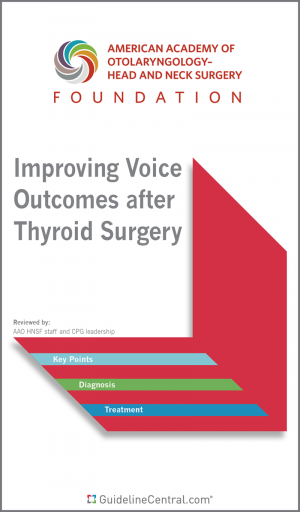
Improving Voice Outcomes After Thyroid Surgery
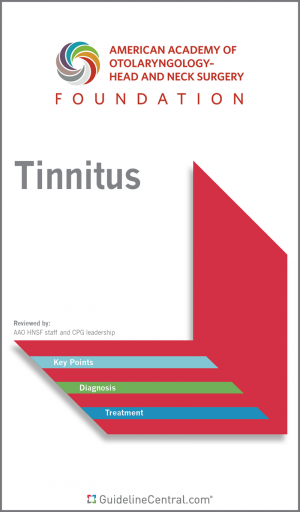
Tinnitus

Acute Otitis Externa

